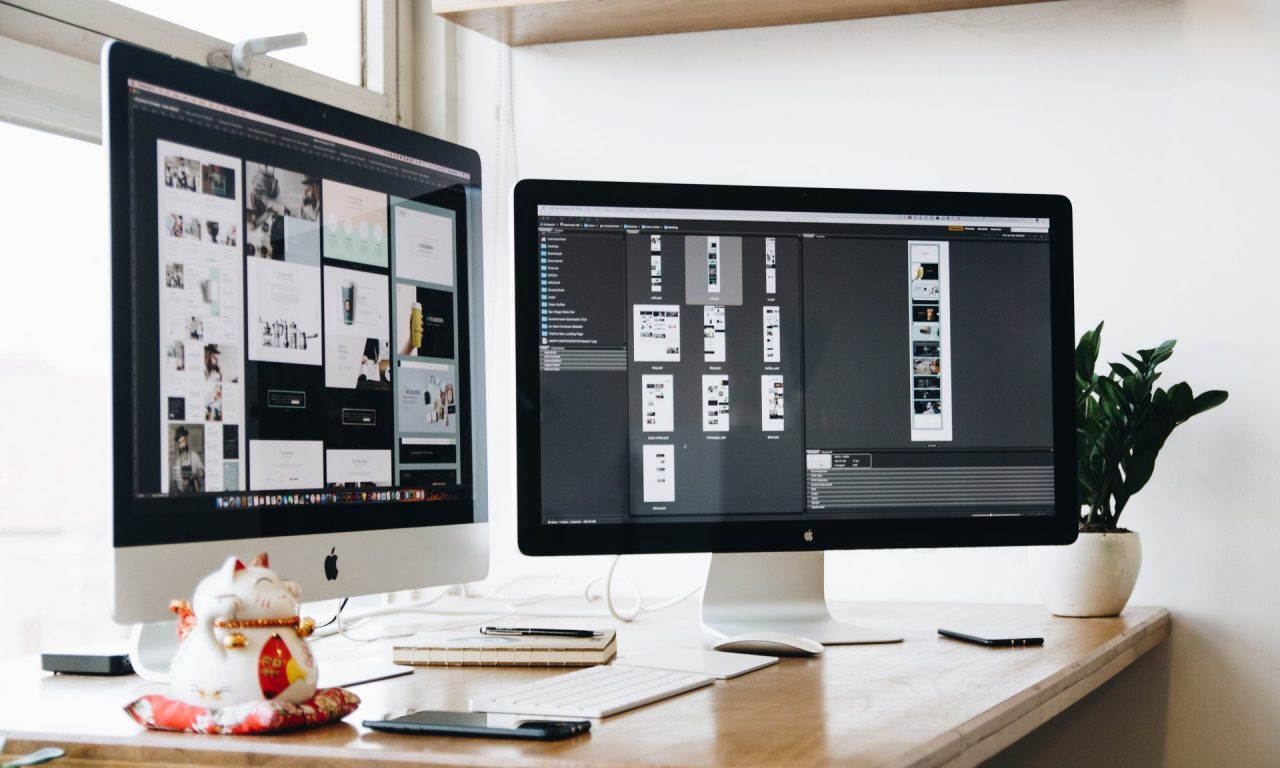What’s the biggest problem you can face as a business owner? Naturally, you will come across many sticking points and common issues, but the worst is when your product doesn’t sell. All of your hard work was put to waste, thousands of dollars were invested in nothing, and the losses keep ramping up.
When a product doesn’t sell, it basically means you make no money. You can’t afford to cover the costs of making the product, let alone the additional costs of paying your staff and growing your business. So, how do you stop a product from being a massive flop?
Market research
Look at the market you’re entering and think to yourself: will my product offer something that people need/want? If there’s no demand for your product, it will never sell. The biggest error is creating something you think is innovative and unique, but that nobody is really interested in it. Anyone can come up with a brand new product – it doesn’t mean there will be demand for it just because it’s new! Look at the market and consider all the little gaps and holes that you can fill. The easiest way to do this is by asking consumers about their views of different products and testing the waters by suggesting you have a new product and what they think about it.
Prototyping
Sometimes, your market research dictates that a product will be a massive success. You have lots of hype surrounding it, consumers seem excited, but it still flops. In these situations, it’s almost always because the product doesn’t live up to expectations. This can be due to faults, aesthetic issues, etc. A great way to prevent this is by creating prototypes. You could work with companies like Rapid PSI to manufacture some prototypes of your product through 3D printing. It gives you small models to look at and analyze. Again, you can call in your target market and test the prototypes on them. See how they respond, gain feedback on errors, then make any improvements. It should help you prevent a flop!
Product costs
After dealing with the previous two problems, you may assume you’re out of the woods. However, a final issue can present itself: the cost of your product. Sell your product for too high a price, and nobody will buy it. Particularly if this is your first product, and you have no brand power to call upon. Companies like Apple can get away with high prices as people trust the brand and are sure of its quality. Therefore, you need to work on either displaying why your product is worth this price or reducing it. You should consider this before making the product as you might need to lower your manufacturing costs to accommodate for a more affordable pricing strategy.
In the end, you will never be able to 100% predict the success of a product. There will always be random factors that might influence things – look at COVID as an example. Many businesses had great products lined up, only to see them flop thanks to a pandemic. Still, pay attention to the three tips above if you want to reduce the likelihood that your product is a flop.
This is a contributed post.
Discover How We Help Startups Scale To 100,000 Users And Beyond.
Enter your info below, and we’ll send you a complimentary white paper that shows you exactly what you need to do to scale your startup.

